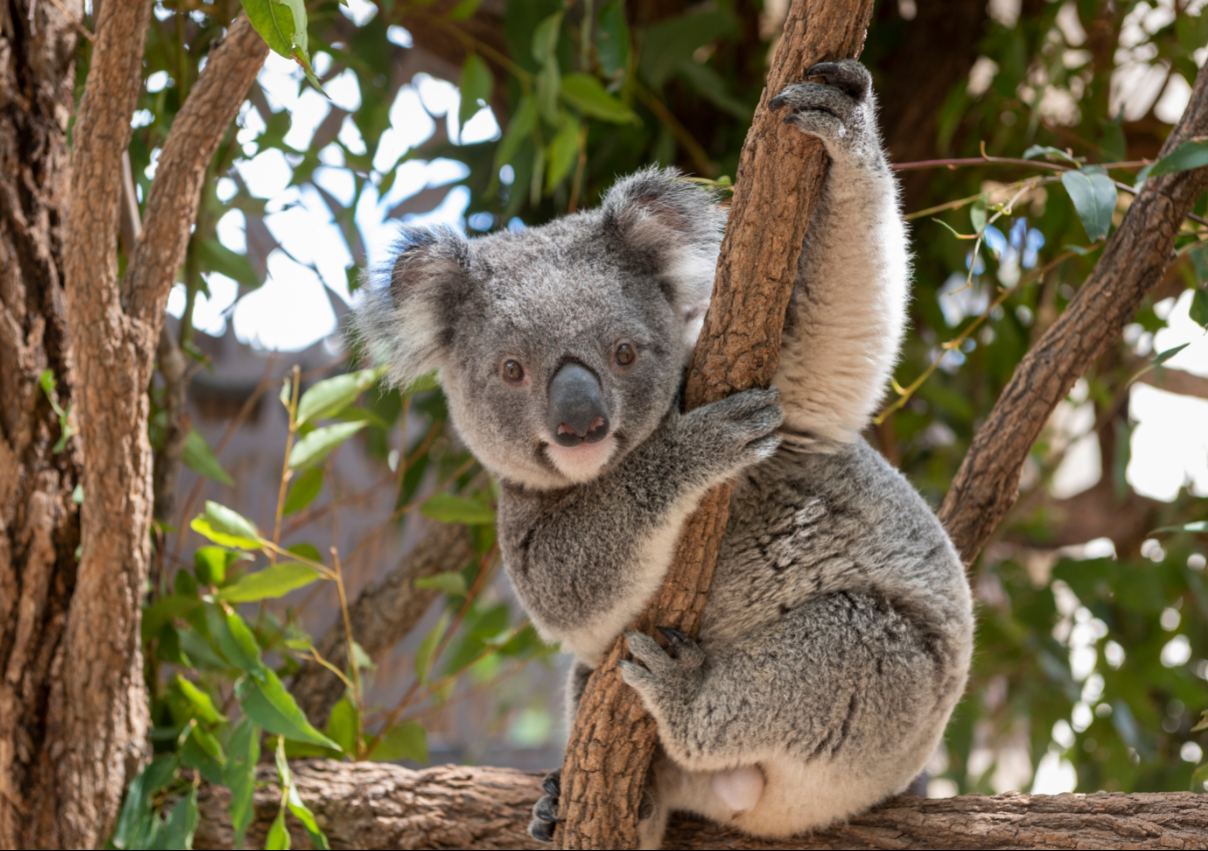Koalafications: what new environmental laws mean for the survival of the species
The new State Environmental Planning Policy has caused quite a stir politically, but a UNSW Law academic says not much is changing.
The new State Environmental Planning Policy has caused quite a stir politically, but a UNSW Law academic says not much is changing.

Koala population numbers are in serious decline, suffering from the effects of habitat destruction, bushfires, road accidents and more.
The new State Environmental Planning Policy (SEPP) commenced in March. A draft guideline supporting the SEPP was exhibited between March and April but has not yet been finalised.
In early September, the new regulations caused quite a stir politically and nearly disbanded the Coalition in New South Wales.
National Party leader and Deputy Premier John Barilaro openly opposed the regulations and described the new policy as “a nail in the coffin for farmers” – while he threatened his 19 MPs with sitting on the crossbench until their position was considered.
However, on 11 September 2020 Barilaro defaulted on his threat to stop supporting Government legislation, and this event concluded with him and NSW Premier Gladys Berejiklian agreeing to hold further talks in cabinet on 6 October 2020.
Like the State Environmental Planning Policy (SEPP) 44, the new SEPP doesn’t prevent the clearing of any koala habitat, says Associate Professor Amelia Thorpe in Law at UNSW Sydney.
“It just requires approval, and even then, there are lots of exceptions,” she says.
With the new SEPP, approval is required for developments determined by councils, but approval is not required for major projects (state significant development and state significant infrastructure), activities assessed under Part 5 of the EPA Act (activities by public authorities) and land clearing requiring approvals under other legislation.
“It also excludes development on land less than one hectare,” says A/Prof. Thorpe.
Koala Plans of Management are still voluntary and since the old SEPP commenced in 1995 only five have been made by councils.
Unfortunately, A/Prof. Thorpe says, there is still not enough financial support for the surveys and the other work needed to prepare these, with very little monitoring or reporting to ensure compliance.
A/Prof. Thorpe says environmental groups have been critical of the new SEPP, saying it doesn’t go far enough and requires extra prohibitions in order to stop the loss of more koalas particularly after the bushfires.
In its media statement, the National Party says: “We must protect property rights, traditional farming practices, private native forestry and the ability for landholders to conduct minor developmental changes without being mired in layers of green tape.”
A/Prof. Thorpe says this is based on an understanding of property rights that has never been correct.
“Property rights have always been constrained by the rights of other property owners – no-one ever has absolute control over their land because what we do affects the land around us,” she says.
Some restrictions on property rights are necessary to protect the property rights of others.
A/Prof. Thorpe says while the National Party might not like what it calls “green tape” in this instance, there are other laws and policies that do protect traditional farming practices and forestry.
“This law should be considered in the context of those as part of an effort to balance competing interests – and farmers seem to do pretty well compared to koalas when the overall balance is considered.”